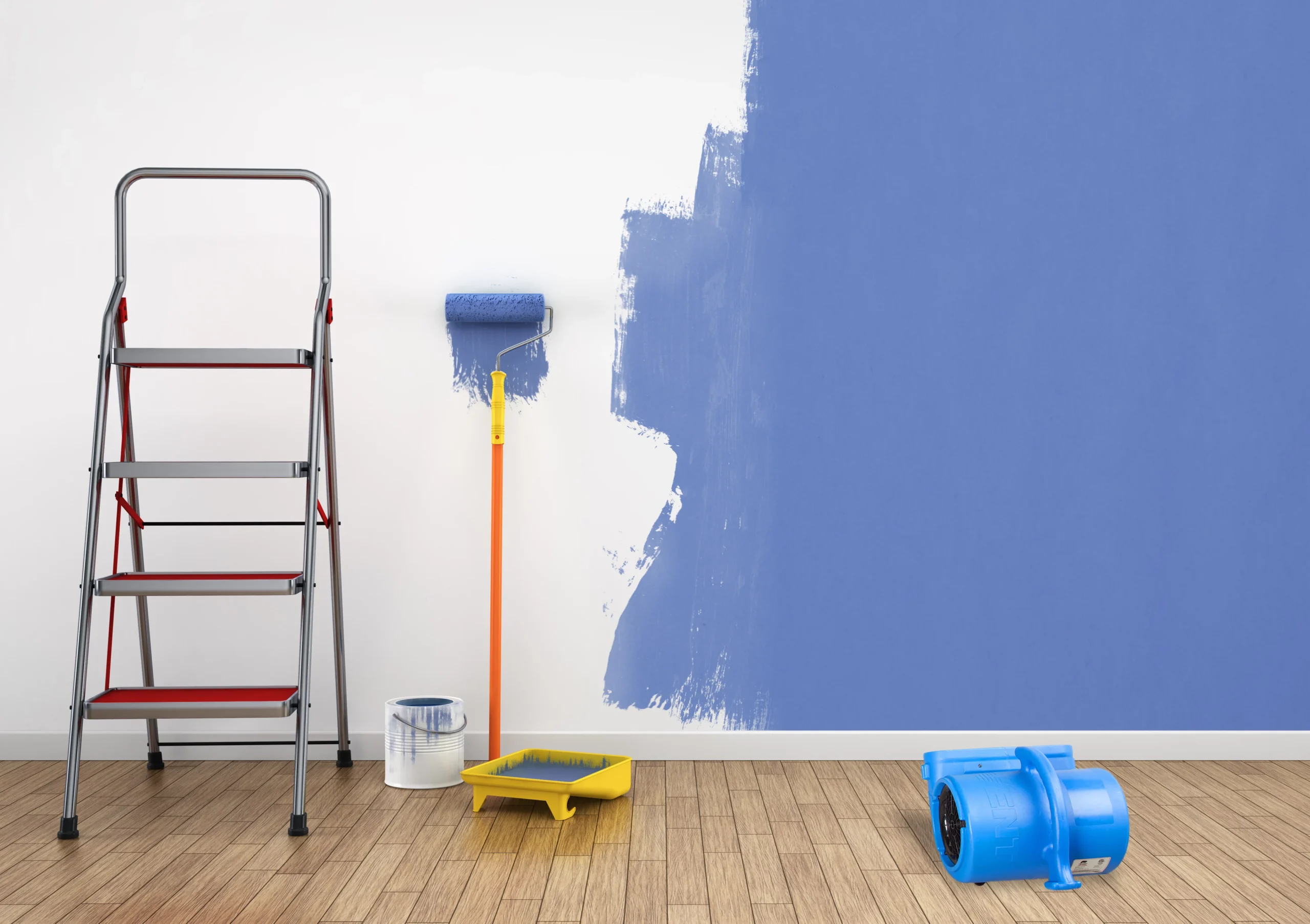Maintaining the pristine appearance of your walls is essential for a fresh and inviting home. Whether adorned with paint or wallpaper, walls are susceptible to dust, dirt, and stains over time. In this article by Land of Wallpaper, we will delve into professional techniques and tips on how to clean walls effectively, preserving the beauty of your painted or wallpapered surfaces.
Cleaning Painted Walls:
- Dust Removal: Begin by dusting the walls using a soft brush or a microfiber cloth. This helps remove loose dirt and cobwebs. Ensure your focus is on corners, baseboards, and areas around light fixtures.
- General Cleaning: For water-based paint, mix a few drops of mild dish soap in warm water. For oil-based paint, use a solution of white vinegar and water. Dampen a soft sponge or cloth with the chosen solution and gently wipe the walls, working in small sections. Avoid excessive moisture to prevent damage.
- Stain Removal: Address stains promptly. For common stains like fingerprints, use a melamine foam eraser (magic eraser). For tougher stains, create a paste of baking soda and water, applying it with a soft cloth. Let it sit briefly before gently scrubbing and wiping clean.
- Avoid Harsh Chemicals: Steer clear of abrasive or harsh chemical cleaners, as they can damage the paint finish. Always test any cleaning solution in an inconspicuous area before applying it to the entire wall.
- Finish with a Dry Cloth: After cleaning, use a dry, clean cloth to wipe down the walls, ensuring no moisture remains. This step helps prevent streaking and water spots.
Cleaning Wallpapered Walls:
- Dust Removal: As with painted walls, start by dusting the wallpapered surface. Use a soft brush or a vacuum cleaner with a soft brush attachment. Be gentle to avoid damaging the delicate wallpaper.
- Test Wallpaper Compatibility: Before cleaning, check the wallpaper’s cleaning instructions or test a small, inconspicuous area. Some wallpapers are washable, while others may be damaged by moisture.
- Stain Spotting: Treat stains individually based on the type of wallpaper. For washable wallpaper, a mild detergent solution can be used. Blot the stain gently to avoid spreading. For non-washable wallpaper, dry methods like a clean eraser or cornstarch can be effective.
- Avoid Excessive Moisture: Whether using a damp cloth or sponge, ensure it is only slightly moist. Excessive moisture can cause the wallpaper to peel or wrinkle. Work in small sections and dry each section promptly.
- Wallpaper-Specific Cleaners: Consider using wallpaper-specific cleaners for more stubborn stains. Always follow the product instructions and test in an inconspicuous area first.
- Preventative Measures: To minimize the need for deep cleaning, implement preventative measures such as regular dusting, avoiding excessive touching of the walls, and addressing spills promptly.
Comparison between Wallpaper vs Wall Paint
Wallpaper and wall paint differ in material, installation, and customization. Wallpaper, crafted from paper or vinyl, provides diverse patterns and textures, but demands meticulous installation and maintenance. It offers durability and a unique aesthetic, though changing designs can be labor-intensive. On the other hand, wall paint, a simpler and cost-effective option, offers easy customization with various colors and finishes. Its application is straightforward, and maintenance is hassle-free. While paint lacks the intricate designs of wallpaper, it provides a versatile, easily changeable solution, making it suitable for those seeking simplicity and flexibility in home décor.
Conclusion:
Whether your walls are adorned with paint or wallpaper, a systematic and gentle cleaning approach is crucial to preserving their aesthetic appeal. By following these professional tips, you can maintain a clean and inviting living space. Remember to prioritize the specific needs of your painted or wallpapered surfaces, and with a bit of care, your walls can remain a showcase of beauty in your home.
Read More: Tech Solution Master

